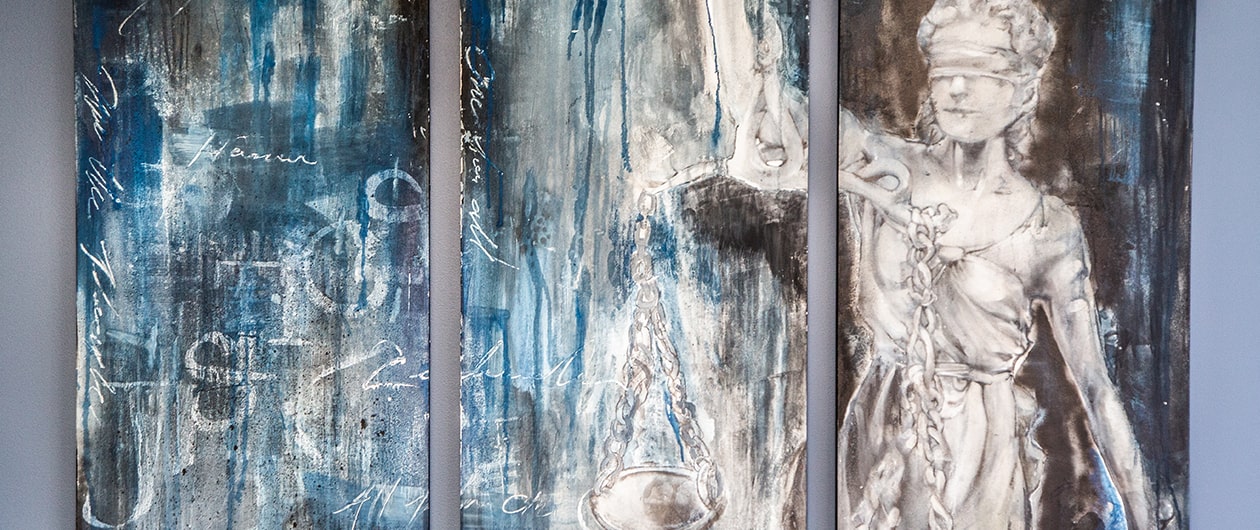Resources
California public property owners are held accountable for maintaining premises that are safe to visitors, but accidents happen frequently and occur virtually anywhere. Visitors may sustain back injuries from slip-and-fall incidents on a wet grocery store floor, or suffer fatal injuries when struck on the head by a heavy falling object. Regardless of the severity of the injuries, California law recognizes that accident victims can potentially be at fault based on the specifics of the given situation when they fail to take reasonable care.
One major factor in determining liability pertains to whether a dangerous condition caused an accident. This may sound simple on the surface, but it requires a complex evaluation of the premises at the time of the accident — and even based on historical information.
Juries Receive Detailed Instructions in Premises Liability Cases
Jury members may hear detailed testimony presenting the alleged facts about any legal case, but they must make their decisions based on certain legal requirements. Since jurors are not typically familiar with complicated laws, they receive jury instructions to help them decide cases based on statutory requirements.
In premises liability cases, the Definition of "Dangerous Condition" is a vital part of those instructions. That definition is highly detailed, including (but not limited to) considerations such as the following:
- The condition must create a substantial risk of injury when used with due care.
- Minor, trivial or insignificant risks do not qualify, regardless of whether a reasonable person would not recognize a dangerous condition.
- Regardless of whether or not an accident victim exercised due care, a condition is considered dangerous if it can be proved that it would pose a risk to anyone who does exercise due care.
- While evidence proving a history of a dangerous condition is relevant when identifying a dangerous condition, a lack of such historical evidence does not automatically indicate non-dangerous premises.
These points represent a small subset of 14 factors that juries must consider when weighing the evidence for a case, but they provide examples of the level of detail that must be considered during jury deliberation.
The Definition of Dangerous Conditions Applies In or Out of Court
Unless injuries are severe, it is fair to assume that most cases settle out of court where injury victims can still pursue full and fair compensation without dealing with the stress and time delays that are inherent in courtroom cases. Still, litigators on both sides of disputes need to rely on various points of law to assert their positions in out-of-court negotiations.
Before negotiations can begin, an experienced Los Angeles personal injury attorney must conduct a thorough investigation into the conditions of the premises at the time of the accident and look even deeper to uncover any evidence that the property owner knew about a dangerous condition and failed to address it. Call us at (844) 478-3626 / (844) 4RUDMAN, at our Los Angeles office at (213) 375-3777 or at our Studio City office (818) 769-6969 to discuss the details of any dangerous premises case.

